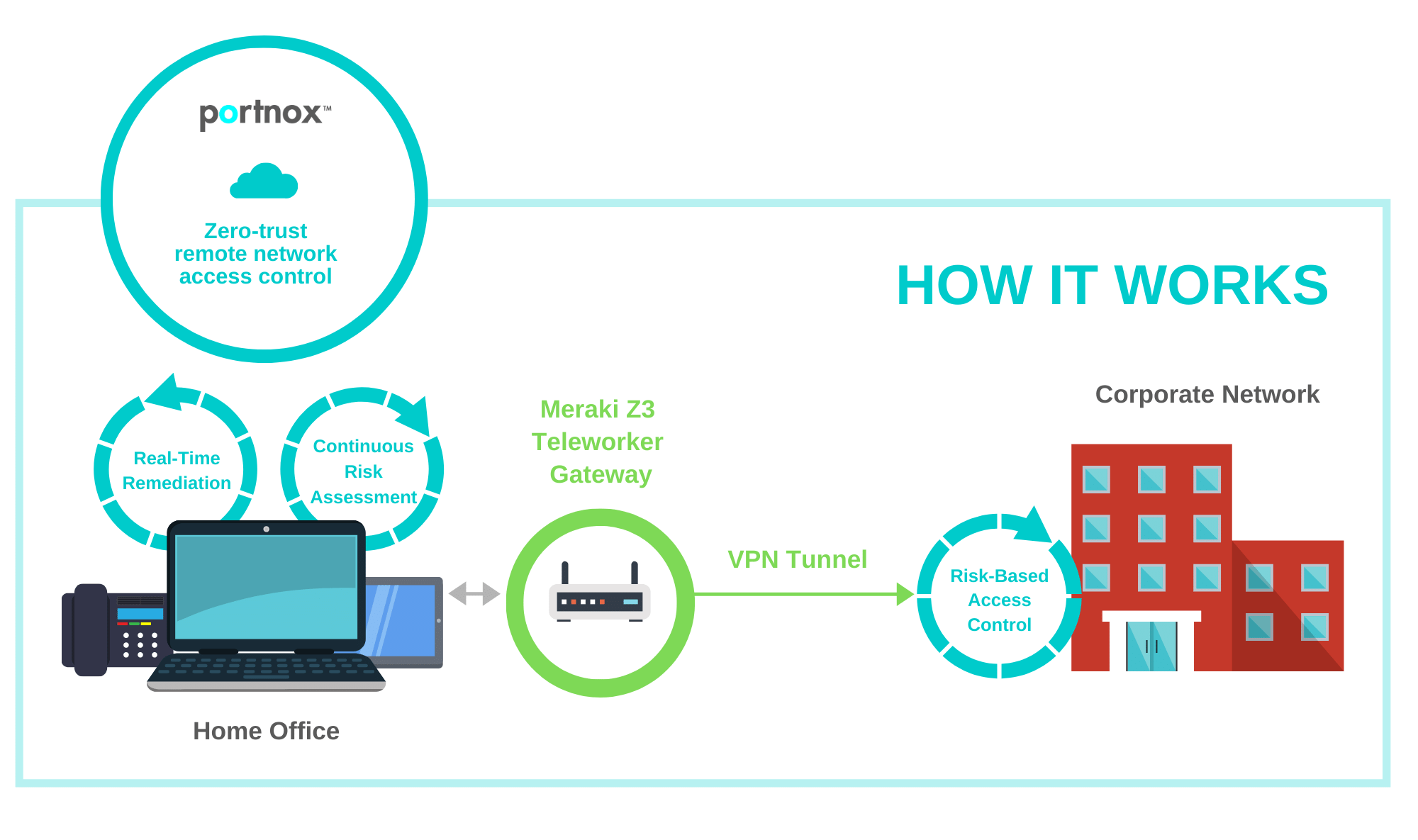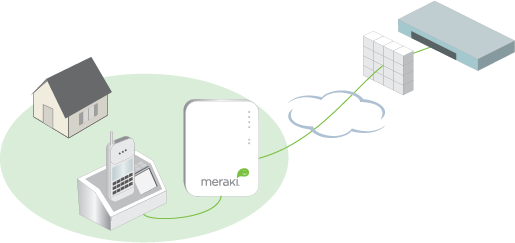

- #Cisco meraki vpn client protocol how to#
- #Cisco meraki vpn client protocol install#
- #Cisco meraki vpn client protocol manual#
- #Cisco meraki vpn client protocol windows 10#
- #Cisco meraki vpn client protocol code#
#Cisco meraki vpn client protocol how to#
They are not steps, they are just the rules of how to create the cert with the details it needs. If you open a ticket with Meraki they will send you to this KB and tell you to follow the steps to create a TLS Cert. If you have a CA Server, you can do this from there, otherwise, follow the steps below. If you choose a Domain Controller, it will need to have a TLS Certificate. When configuring Client VPN on Meraki MX devices, you’re going to need to add the Active Directory server information if you’d like your users to log in using their AD usernames and passwords.
#Cisco meraki vpn client protocol install#
Install a Self-Signed TLS Certificate and make your AD Server a trusted root authority The remote connection was denied because the user name and password combination you provided is not recognized, or the selected authentication protocol is not permitted on the remote access server.
#Cisco meraki vpn client protocol code#
The error code returned on failure is 691.
#Cisco meraki vpn client protocol manual#
Or, if this will prove insufficient, you can try:Ĭreate manual NAT rule on top of your NAT policy siting source and destination service of Meraki_VPN and destination IP of the MX(Valid IP) and its translated destination of MX' private IP or actual object. This being said, provided that you can create the custom UDP service: Select an arbitrary port that will be used for all VPN traffic to this MX (e.g. In this example the upstream firewall rewrites the source port for each outbound connection differently. In the first paragraph, the reference made to the outbound traffic: Some things in the quoted document are unclear. How is this done on the Checkpoint? Would a NAT rule be the ideal way where the source service and destination service are both set to this "arbitrary" port number?

Looking at the above bolded part regarding manually creating a port mapping. All peers will then connect using this IP address and port combination. Manually create a port mapping on the upstream firewall that will forward all traffic received on a specific public IP and port to the internal address of the appliance on the selected port. We are using Static NAT so we should be good here.Ģ. This will keep the public IP address seen by the VPN registry consistent. If using a load balancer, or NAT across multiple public IP addresses, map traffic from the internal address of the appliance to a single public IP address. Shouldn't static NAT eliminate this issue? Doesnt static NAT maintain the original source ports (UDP in this case)?ġ.

When the registry servers see different source ports, the NAT unfriendly error will appear: Notice that the first connection is changed to port 56125 while the second is instead 56126. Meraki troubleshooting documentation states the following cause and solutions: The appliance is behind a VPN-unfriendly NAT, which can be caused by upstream load balancers or strict firewall rules. The meraki can talk to the other meraki device outside of our network, but it cannot establish the VPN connection.

#Cisco meraki vpn client protocol windows 10#
There used to be a windows 10 registry change that was needed. Ive found that after major updates Microsoft resets the authentication setting to MS-CHAP v2 instead of PAP. The Meraki device behind our firewall is configured with static NAT. Check the security settings on the adapter options. We have firewall rules in place to allow all traffic to and from the Meraki, these are working. The Meraki uses UDP hole-punching to establish the VPN. Attempting to setup a Cisco Meraki VPN behind our Checkpoint appliance running R77.30.


 0 kommentar(er)
0 kommentar(er)
